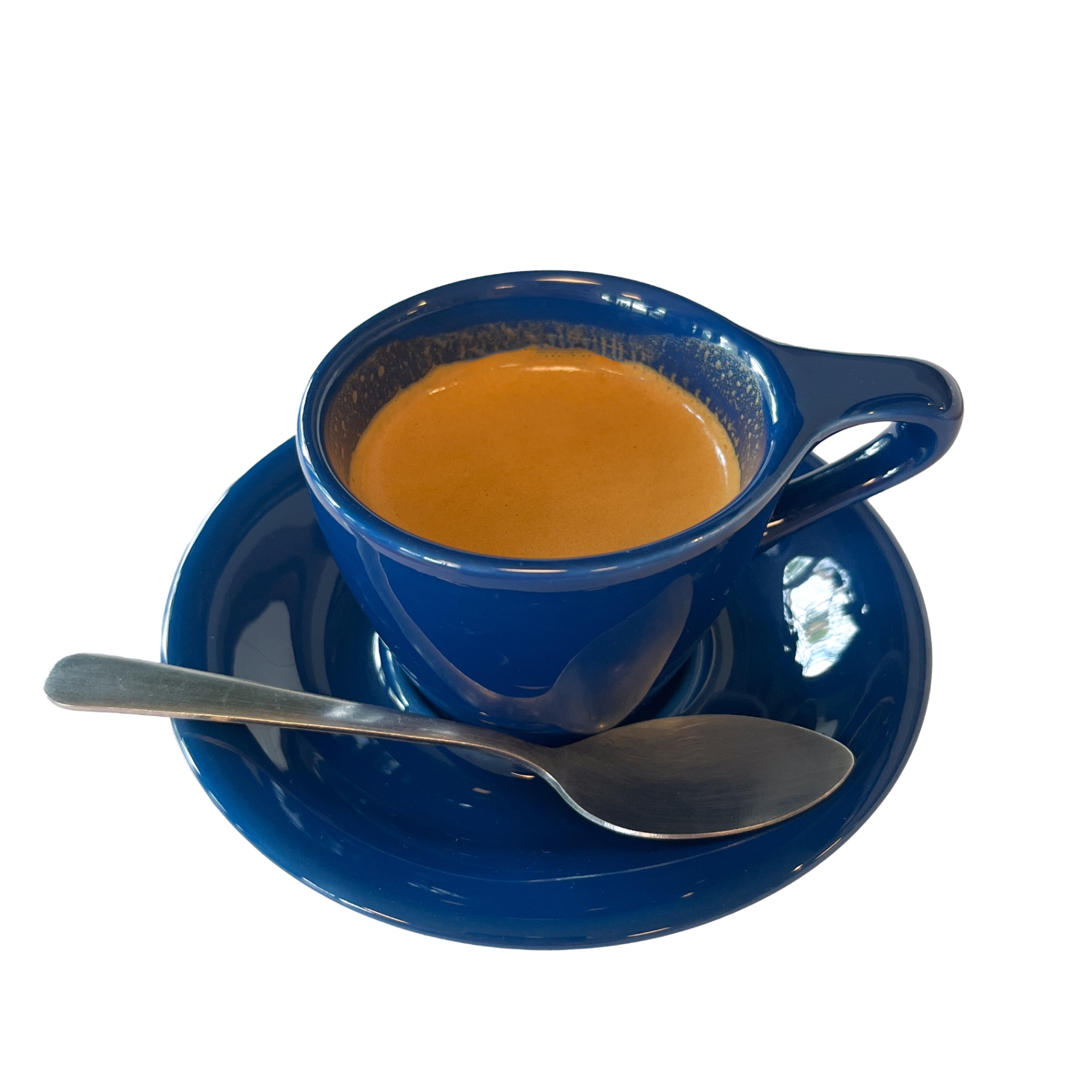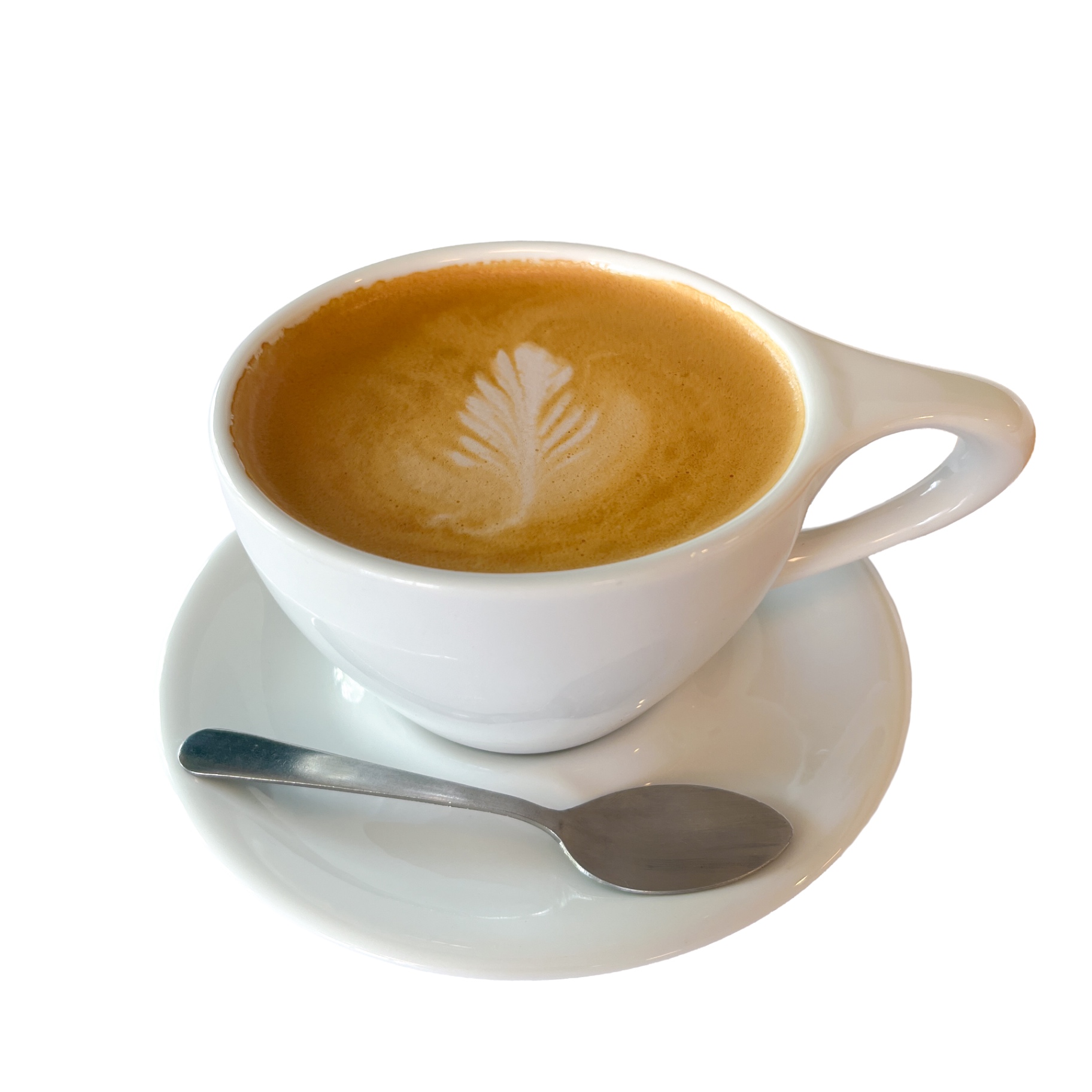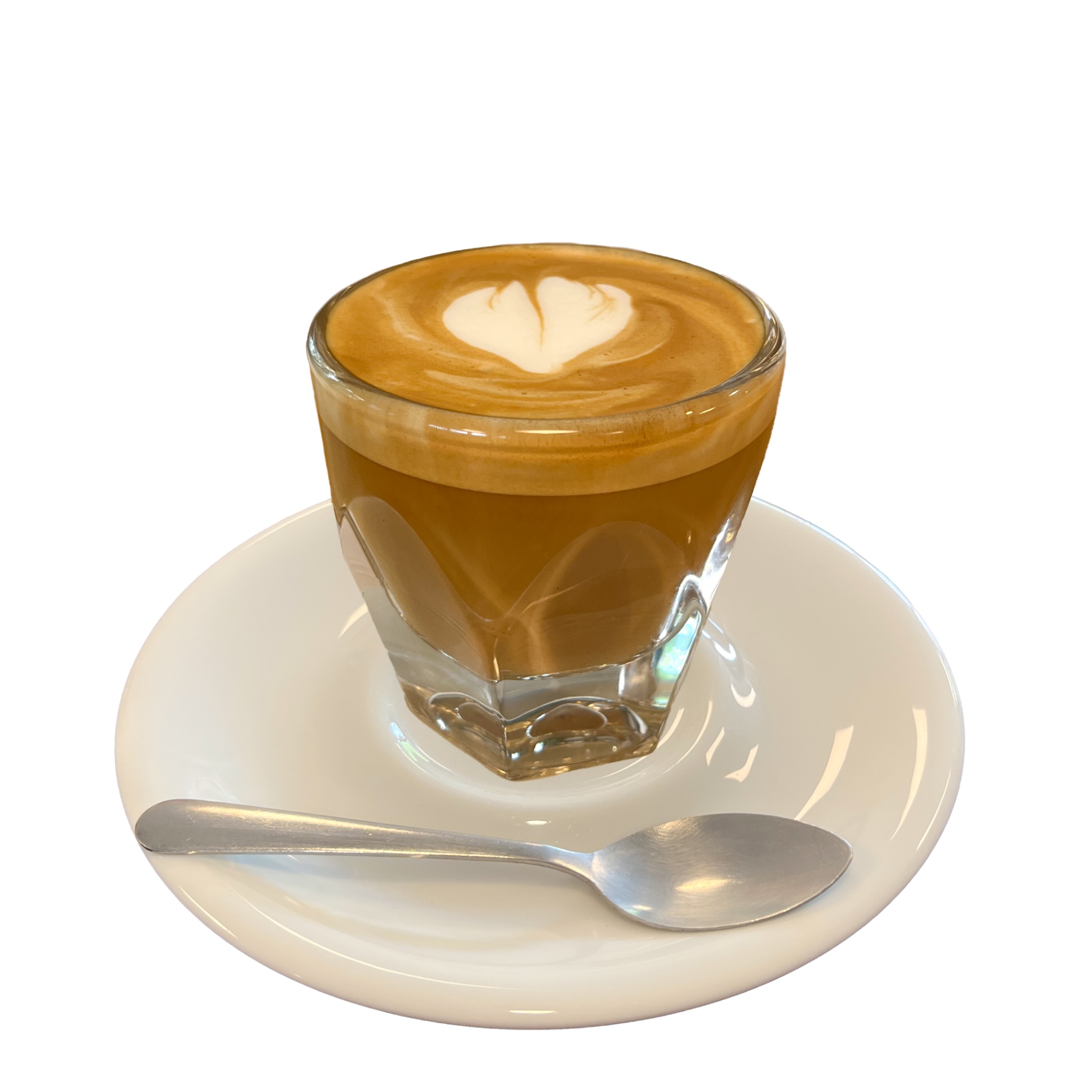Your Guide to the Average Coffee Shop Menu: What's the Difference Between Lattes, Americanos, and More?
- Jordan McDaniel

- Nov 1
- 6 min read

Walking into a coffee shop shouldn't feel like deciphering a foreign language, but let's be honest: it often does. Between all those Italian names and similar-sounding drinks, it's no wonder many people default to ordering the same thing every time or feel overwhelmed staring at the menu board.
Here's the good news: most coffee drinks are built from just three basic components: espresso, milk, and water. Once you understand how these elements combine, navigating any coffee menu becomes a breeze. Whether you're a complete coffee newbie or someone who's been ordering "the usual" for years, this guide will help you understand what's actually in your cup and maybe inspire you to try something new.
The Foundation: Understanding Espresso
Before we dive into specific drinks, let's talk about espresso: the foundation of most coffee shop beverages. Espresso isn't a type of coffee bean; it's a brewing method that forces hot water through finely ground coffee at high pressure, creating a concentrated shot with that signature golden-brown foam on top called crema.

A single shot of espresso is about one ounce, while a double shot (or "doppio") is two ounces. Most coffee shop drinks use double shots as the standard, which is why your latte has that rich coffee flavor without being overwhelming.
Milk-Based Espresso Drinks: The Creamy Favorites
Latte: The Gateway Coffee
The latte is coffee's best friend to newcomers. It consists of one or two shots of espresso combined with 6-8 ounces of steamed milk, topped with just a thin layer of microfoam. The milk-to-espresso ratio is roughly 3:1, making it the mildest and creamiest of the espresso drinks.

What makes a latte special is the steamed milk's velvety texture. When milk is properly steamed, it becomes naturally sweet and silky, which balances the espresso's acidity perfectly. That thin layer of microfoam on top? That's what allows baristas to create those Instagram-worthy latte art designs.
Cappuccino: The Balanced Classic
A cappuccino uses the same ingredients as a latte but in different proportions. It traditionally follows the "rule of thirds": one-third espresso, one-third steamed milk, and one-third milk foam. This creates a much lighter, airier drink with a stronger coffee flavor than a latte.

The key difference? Foam. Cappuccinos have significantly more foam than lattes, which means less liquid milk overall. This makes the espresso more prominent while still providing that creamy mouthfeel. It's the perfect middle ground between a strong espresso and a mild latte.
Flat White: The Aussie Sophisticate
Originally from Australia, the flat white has gained popularity worldwide for good reason. It's similar to a latte but served in a smaller cup (usually 5-6 ounces) with a higher coffee-to-milk ratio. The milk is steamed to create microfoam: tiny, velvety bubbles that integrate seamlessly with the milk rather than sitting on top as foam.
The result? A drink that lets you taste the espresso's complexity while enjoying the sweetness and texture of steamed milk. Think of it as a more coffee-forward latte.
Cortado: Small but Mighty
The cortado is espresso's Spanish cousin: equal parts espresso and warm milk, typically served in a small glass. There's no foam here, just smooth, slightly warmed milk that "cuts" (cortar in Spanish) the espresso's acidity without masking its flavor.

It's perfect for those who want the coffee flavor to shine through but need just enough milk to smooth the edges. At about 4 ounces total, it's also ideal when you want something substantial but not as large as a latte.
Macchiato: Espresso with a Kiss
The traditional macchiato is espresso "stained" or "spotted" with just a dollop of foamed milk. It's essentially espresso with training wheels: you get the full intensity of the coffee with just enough milk to soften the experience.
Don't confuse this with the caramel macchiato from certain chains, which is essentially a vanilla latte with caramel sauce and bears little resemblance to the Italian original.
Mocha: Dessert in a Cup
When coffee meets chocolate, magic happens. A mocha combines espresso with chocolate (usually chocolate syrup or sauce) and steamed milk, often topped with whipped cream. It's basically a latte's sweeter, more indulgent cousin.

Perfect for those with a sweet tooth or anyone who wants their coffee to feel like a treat rather than just a caffeine delivery system.
Black Coffee: Pure and Simple
Americano: Espresso's Longer Cousin
The Americano is simply espresso diluted with hot water, typically in a 1:2 ratio (one part espresso, two parts hot water). Legend has it that American soldiers in World War II created this drink by adding hot water to espresso to make it more similar to the drip coffee they were used to back home.

The result is a drink with the complexity and richness of espresso but the familiar strength and volume of regular coffee. It's perfect for those who want a strong, black coffee but prefer espresso's flavor profile to drip coffee.
Drip Coffee: The Classic
Sometimes called filter coffee or batch brew, this is your traditional black coffee made by pouring hot water over ground coffee beans. It's typically lighter in body than an Americano but can vary greatly depending on the beans used and brewing method.
Long Black: The Americano's Antipodean Twin
Popular in Australia and New Zealand, a long black is similar to an Americano but made in reverse: hot water first, then espresso poured on top. This preserves more of the espresso's crema and creates a slightly different flavor profile.
High-Octane Options for the Brave
Red Eye: When One Shot Isn't Enough
A red eye is drip coffee with a shot of espresso added. Need more caffeine? Try a black eye (drip coffee with two espresso shots) or the aptly named dead eye (three shots). These drinks are for those serious about their caffeine intake.
Dirty Chai: East Meets West
This fusion drink combines a chai tea latte with a shot of espresso. You get the warming spices of chai with coffee's bold flavor and extra caffeine. It's comfort and energy rolled into one cup.
Decoding the Differences: What to Order When
Want something mild and creamy? Go for a latte. It's the most approachable espresso drink and perfect for those new to coffee or anyone who prefers a gentler flavor.
Looking for balance? Try a cappuccino. You'll taste more coffee than in a latte but still get that creamy texture from the foamed milk.
Want to taste the coffee? Order a flat white or cortado. Both highlight the espresso while providing just enough milk to smooth things out.
Need it strong and black? An Americano gives you espresso's complexity in a familiar black coffee format.
Feeling adventurous? Ask your barista what they recommend or try something you've never ordered before.
Size Matters: Understanding Coffee Shop Portions
Coffee shops typically offer drinks in small (8-12 oz), medium (12-16 oz), and large (16-20 oz) sizes, though the names vary by location. Here's what you should know: as drinks get larger, cafés usually add more milk rather than more espresso. So that large latte might be much milkier than you expect.
If you want a stronger coffee flavor in a larger drink, consider asking for an extra shot or ordering a smaller size.
The Ruzo Coffee Difference
At Ruzo Coffee here in North Boulder, we're passionate about helping everyone find their perfect cup. Our baristas know these drinks inside and out and love talking coffee with customers. We roast our own beans in-house, which means every espresso shot starts with freshly roasted, high-quality coffee that brings out the best in whatever drink you choose.
Whether you're a longtime Americano drinker curious about cortados or someone who's never strayed from drip coffee, don't hesitate to ask questions. We're here to help you discover new favorites, and we're always happy to explain what goes into each drink or even let you taste something before committing to a full cup.
The beautiful thing about coffee is that there's no wrong choice: only drinks waiting to be discovered. So next time you visit Ruzo Coffee, consider stepping outside your comfort zone. Who knows? You might find your new daily ritual.
Ready to explore Boulder's coffee scene? Share this guide with friends who might be intimidated by coffee shop menus, and stop by Ruzo Coffee to put your newfound knowledge to the test. Our baristas are always ready to help you navigate our menu and find something perfect for your taste buds.



Comments